
In the year 2017, CMS VATAVARAN will be celebrating its 9th edition of the competitive International Film Festival and Forum in New Delhi from November 2-6, 2017.

In the year 2017, CMS VATAVARAN will be celebrating its 9th edition of the competitive International Film Festival and Forum in New Delhi from November 2-6, 2017.

The 9th competitive CMS VATAVARAN - Asia’s largest Environment and Wildlife Film Festival is scheduled for November 2-6, 2017 in New Delhi, India.
The theme of this edition is “Conservation4Water” with the purpose to invite films and create forums on the inter-connectedness of climate change and water, water struggles in a world dealing with global warming, climate variability, food and health insecurity, biodiversity loss, and environmental damage. The festival and forum will comprise of various programmes with eminent organisations including government, civil societies, corporate, media, institutes, and schools.
Films produced on or after January 01, 2015 are accepted in 13 categories for 21 awards in both national and international sections. All nominated and awarded films will get an added benefit of having their films screened in different parts of India in the travelling editions of CMS VATAVARAN, besides occasions of special screenings in important national and international environmental forums.
Entry guidelines are available on CMS VATAVARAN'S website and the deadline for submitting a film entry is March 22, 2017

This report, commissioned by IFC and ESMAP and authored by Navigant Research, outlines the principal uses, drivers, and challenges regarding the commercialization of energy storage technologies in low- and middle-income countries.
By combining supply-side industry analysis, end-user primary research and demand assessment the report provides a forecast of expected deployments by region and potential impacts on energy access, quality of electricity supply, and other key areas.
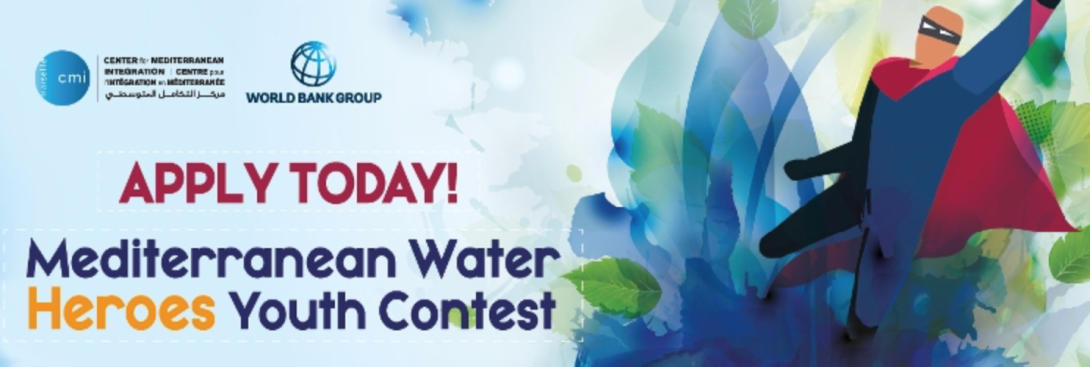
Every year, World Water Day draws the world’s attention to key global water issues. World Water Day 2017 focuses on Water and Wastewater. Wastewater can be a valuable resource in the circular economy and an efficient investment in the health of humans and ecosystems.

GreenWave – a US-based vertical ocean farming solution – has won the Sustainia Award. GreenWave’s revolutionary technology allows ocean farmers to produce 30 tons of sea vegetables and 250,000 shellfish per acre in a year while restoring ocean ecosystems. Sustainia handed over the Sustainia Award to Bren on Wednesday February 8, at Sustainia’s big Sustainia Living event at the Royal Danish Opera House in Copenhagen.
One of the Film4Climate Global Video Competition winning entries "Three Seconds" (1st Prize Short Film) was showcased at this Sustainia event.
Fed up with the unsustainable practices of the fishing industry, fisherman Bren Smith founded GreenWave just three and a half years ago on Long Island, New York, U.S. GreenWave relies on a new innovative system, which enables seaweed, scallops and mussels to grow on floating ropes, stacked above oyster and clam cages below. The system provides food, fertilizer, animal feed and sustainable biofuels, making ocean farmers the stewards of their local waters. Bren Smith now has 15 farms in development in Connecticut, New York, Rhode Island, Massachusetts, and California.
GreenWave represents a readily scalable and replicable solution, which takes a triple bottom line approach – one that builds a blue-green economy, acts on climate change, and provides better food options – while addressing the global goals, making it a clear recipient for the Sustainia Award.
- Bren Smith, Executive Director and CEO of GreenWave
- Fereshteh Forough, Founder and CEO of Code to Inspire
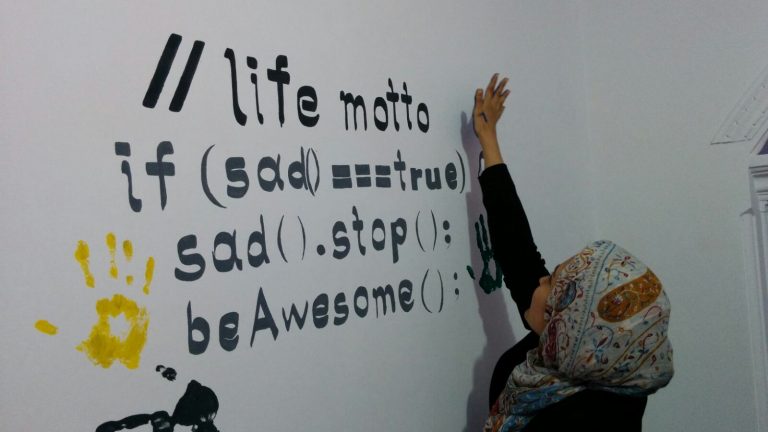
Code to Inspire teaches Afghan women computer coding and empowers them to find employment or pursue entrepreneurial ventures. Photo Credits to Sustainia

NEW YORK - The first edition of the Youth Solutions Report, which identifies 50 youth-led projects aiming to solve the world’s toughest problems, was released today at the United Nations Headquarters in New York.
The report, produced by the youth initiative of the UN Sustainable Development Solutions Network (SDSN Youth) identifies and celebrates youth-led projects and ground-breaking ideas to achieve the Sustainable Development Goals (SDGs). It reflects a growing interest in supporting and scaling innovative solutions to address problems such as poverty, inequality, clean and affordable energy, access to healthcare and education, e-participation and waste.
The report highlights the work of youth-led organisations, such as Liter of Light who bring over 750,000 affordable solar lights to 15 countries; the talented team behind BenBen who operate a Blockchain-based land registry that facilitates secure land transactions to encourage investments and transparent land resource management; FinFighters who run a citizen shark science program to collect genetic data and information from Moroccan fishing ports and market; and the group running the SHAPE project using mobile technology to promote citizens’ e-participation in their city’s public life.

Professor Jeffrey Sachs, UN Secretary General’s Adviser on the SDGs, and Minister Karen Ellemann, Danish Minister for Equal Opportunities, launched the report during a two-day forum on youth and the Sustainable Development Goals (SDGs) at the United Nations Headquarters in New York. The report was produced in partnership with Ashoka, Sustainia, the Resolution Project and Panorama (joint initiative of IUCN and the German government) and has been reviewed by a panel of experts, comprising leading figures from business, civil society and academia.
Paul Polman, CEO of Unilever, has supported the initiative. “SDSN Youth and its Youth Solutions Report are excellent examples of initiatives crucial for helping young people realize the full potential of their abilities, innovations and solutions.”
“Today we have the largest generation of youth in history - a powerful force for change. 84 percent of millennials are convinced they have a duty to make the world a better place, and many already are, through socially aware businesses and youth-led campaigns in support of the Sustainable Development Goals.” Mr. Polman said.
Max Thabiso Edkins, Climate Change Expert on the Connect4Climate program of the World Bank Group, highlights that "this generation is the first generation to live with the impacts of climate change and it is the generation that will build a sustainable, low-carbon and resilient future."
"The Youth Solutions Report shows that young people are already building that future. At the Connect4Climate program of the World Bank Group we believe in the power of youth to change the world." Mr. Edkins emphasized.
Siamak Sam Loni, Global Coordinator of SDSN Youth, says that young people must be seen as key stakeholders in the sustainable development debate and that there is a pressing need to acknowledge their essential role in achieving the SDGs.
“Young people are already contributing to the implementation of the SDGs but they face common challenges that prevent them from realizing the full potential of their ideas and solutions, including the lack of visibility, limited access to finance, and the lack of training and technical support. The Youth Solutions Report will help investors, donors and supporters better understand the multi-faceted role of young people in sustainable development and give them additional opportunities to showcase and scale their work.” Mr. Loni said.
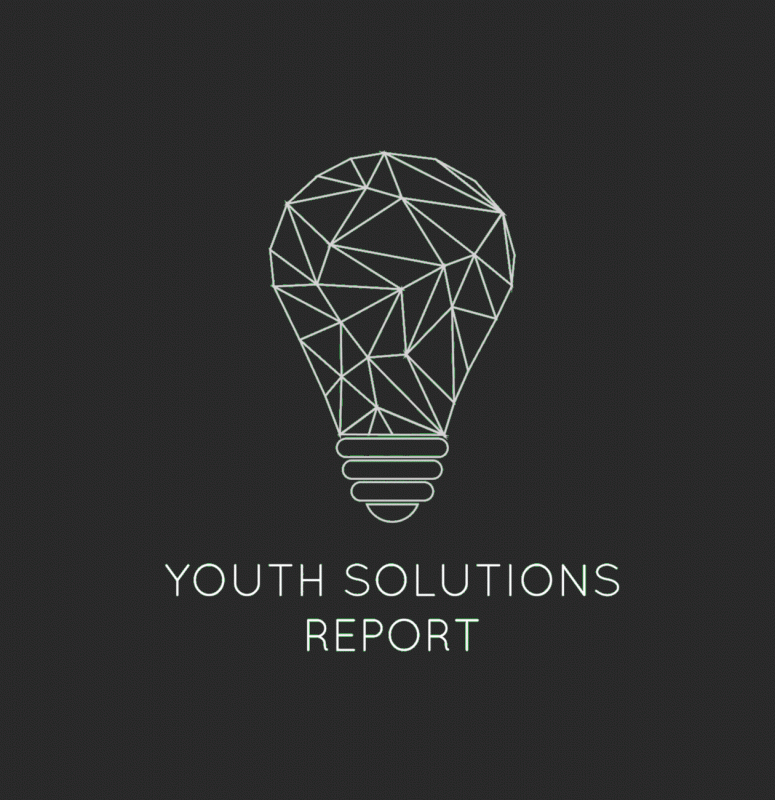
The Sustainable Development Goals (SDGs) are a set of 17 goals included in the 2030 Agenda for Sustainable Development, which was launched at UN Headquarters in September 2015 and adopted by 193 member countries of the UN. The SDGs, which are relevant to all countries, aim to achieve social inclusion, economic prosperity and environmental sustainability.
For more information on the Youth Solutions Report visit: www.youthsolutions.report
For media enquiries and interview requests, please contact: solutions@sdsnyouth.org
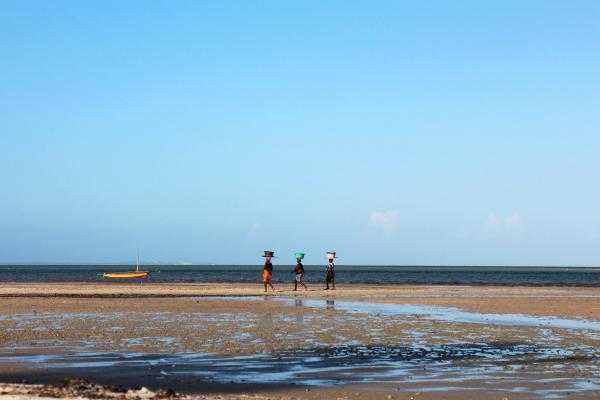
Earth Hour is a worldwide grassroots movement, organized by the World Wildlife Fund, that unites people to protect the planet. Over 7,000 cities and towns worldwide participate by turning off the lights of homes, businesses and landmarks for one hour. From changing individual behavior, to legislation, Earth Hour has achieved massive environmental impact - but as climate change accelerates, our response needs to grow too.

Two days of inspirational keynotes, panels and our EMA Future Innovator of The Year Challenge. Storytellers, Investors, Innovators, Activists and Visionary Executives come together for one main goal. Helping create a path to a better tomorrow.
The biggest innovators in the environment, the organization that helped launch Toyota's Prius. Where will you be when EMA Impact Summit 2017 makes the next impact?
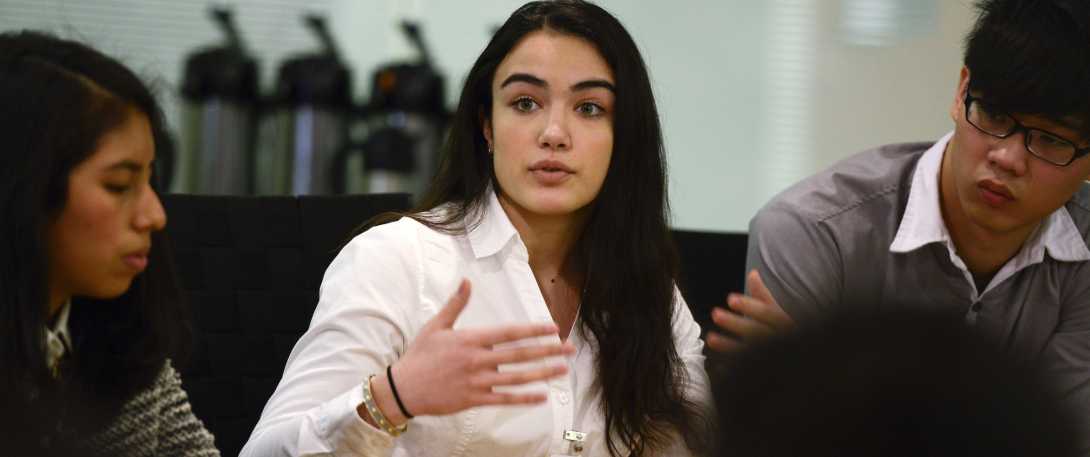

Part two of our series "A day in the life of a city" looks at the ways in which offices are changing and how cities are coping with the ever-growing problem of pollution.
The morning rush hour is over and, if you live in a city in the developed world, you are likely to be settling down at your desk for the next eight or so hours.
However, the office block and skyscraper, which have been part of our urban landscape since the end of the 19th Century, may also soon become surplus to requirements.
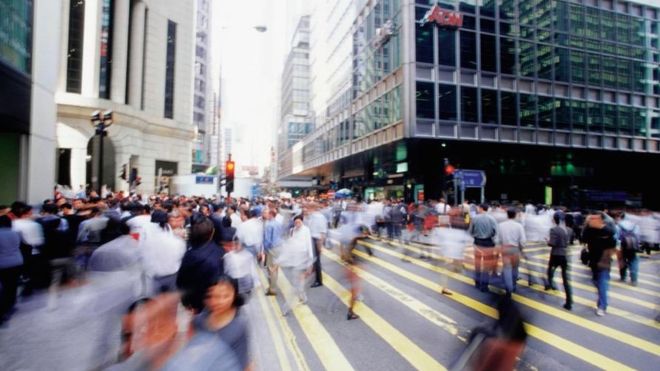
Cities are at their busiest during the day - and their most polluted. Photo Credit: Thinkstock
Urban architect Anthony Townsend thinks cities need more creative approaches to how we work and is keen to reclaim the streets by creating pop-up workspaces in the parks and plazas of the financial district in New York.
- Urban architect Anthony Townsend
An atrium filled with natural light and the smell of fresh coffee greets workers at Deloitte's Edge headquarters in Amsterdam, which also uses an underwater aquifer to provide ambient temperature all year round and a sensor network to monitor the use of lights - providing a better working environment while saving money.
The Edge has been dubbed one of the world's greenest offices and now many are following suit - installing sensors to monitor light, electricity and water usage, planting urban gardens and offering employees access to bike or car-sharing schemes.
When you pop out to buy your lunchtime sandwich though, it is a different matter.
Cities are huge polluters - responsible for 70% of the world's carbon emissions, according to the United Nations.
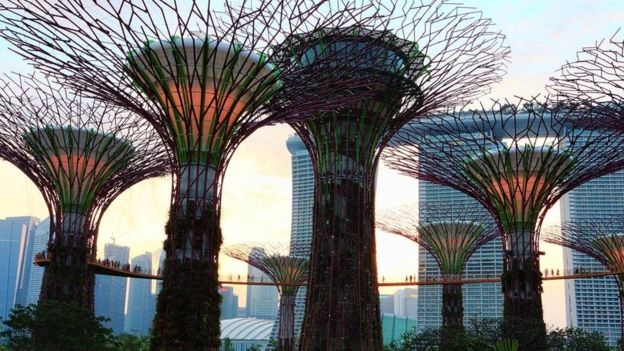
In Singapore huge man-made super-trees house a variety of flora and fauna. Photo Credits: Flickr
And, according to the World Health Organization, more than 80% of people living in urban areas that monitor air pollution are exposed to air quality levels that exceed WHO limits. While all regions of the world are affected, populations in low income cities are the most impacted.

Cities are literally getting greener - with foliage-covered walls popping up in many. Photo Credits: Patrick Blanc
To counteract this, cities are rushing out a whole series of green initiatives - from electric buses (being trialled in many cities including Perth, London and Paris), to bike-sharing schemes, such as those in Montreal, Barcelona and Amsterdam.
Some are committing to "urban greening" - London is considering a garden bridge - while in Paris, 20,000 residents have backed plans via a citizen engagement app 'Madam Mayor, I have an idea' for a 2m euro ($2.2m, £1.7m) investment in vertical gardens across the city.
Officials have found 40 potential sites and are now calling on gardeners, landscape designers, urban farmers and architects to bid for projects.
Horticulturist and designer Patrick Blanc has been creating vertical gardens since 2001 in city hotels, malls and tower blocks around the world.
The benefits are many-fold, he said. As well as acting as a natural biofilter and providing a habitat for birds and bugs, it also feeds humans' natural sense of well-being in nature, a phenomenon known as biophilia.

China is turning to machine learning to predict smog levels. Photo Credits: Thinkstock
In China, it will take more than planting trees to combat pollution. The city authorities in smog-ridden Bejiing are working closely with IBM to use machine learning techniques to analyse weather and emissions data to predict how bad air will be over the next 10 days.
According to Jonathan Batty, an IBM executive who helped set up the system, it has allowed the authorities to take short-term preventative measures.
- Jonathan Batty, IBM executive
The government also uses the data to provide a traffic light warning system for citizens - red means air pollution is high so spend the minimum time outside, while green indicates safe levels.
London provides a similar system on its city dashboard which is available to Londoners on the web.
Prof Andy Hudson-Smith, who heads up University College London's Centre for Advance Spatial Analysis, came up with the idea to share data with the wider public.
- Prof Andy Hudson-Smith

Would you take an internet-connected gnome seriously? Photo Credits: Thinkstock
The problem with the current way of collecting air pollution data is that often people do not understand what the readings mean, he thinks.
So he has a cunning plan to "humanise IoT" (the internet of things).
He is putting around 100 internet-connected gnomes in the Olympic Park in East London.
The gnomes will talk back to people as they go around the park and among other things will tell them how bad the air pollution is.
Unlike more complex data sets, they will be more plain speaking, said Prof Hudson-Smith.
- Prof Andy Hudson-Smith
Hosted by the World Bank Group and supported by Italy’s Ministry of the Environment and Energy Security and Germany’s Federal Ministry for Economic Cooperation and Development, Connect4Climate (C4C) is a global partnership for a livable planet that connects, creates, and communicates to build long-lasting change for future generations.